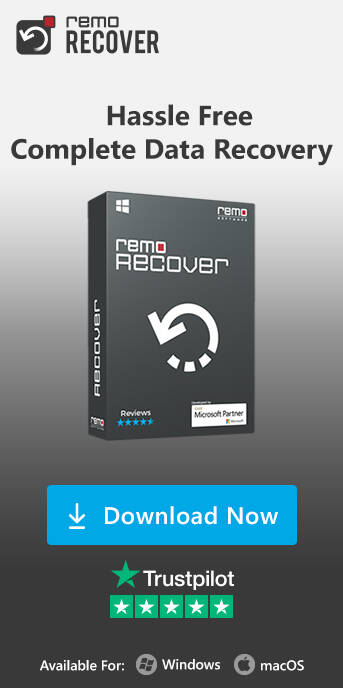GRUB, the GRand Unified Bootloader, is a powerful bootloader capable of loading multiple Operating Systems through chain loading. It is designed to address the complexity of booting a personal computer and supports a wide variety of Operating Systems such as Linux, DOS, Windows, and BSD. During the boot-up process, users can select their desired Operating System to run.
GRUB is based on an earlier multi-boot package and is most commonly used on Unix-like systems, including GNU, Linux, and Solaris. Users can easily configure GRUB dynamically, allowing them to make changes and create new boot sequences using a command line during boot time. These changes may include modifying existing boot entries, selecting different kernels, adding new custom entries, or modifying initrd, among other options.
Furthermore, GRUB supports data access in Logical Block Address mode, which means that if your computer has a modern BIOS capable of accessing more than 8GB (beyond the first 1024 cylinders) of hard disk space, GRUB can automatically access all of it.
Booting with GRUB
GRUB can be easily run from or installed on any device like floppy disk, CD-ROM, hard disk, USB drive, or any network drive and can load Operating Systems from many locations, including network drives. You can use a command line or a menu interface when booting with GRUB.
- When the command-line interface is used, the user has to type the drive specification and file name of the kernel manually.
- With the menu interface, the user can select an OS using the arrow keys, and the menu is based on a configuration file, which was also prepared by the user earlier.
However, one can easily switch between these interfaces. While in the menu interface, the user can switch to the command-line mode and vice-versa. In addition, you can even edit all the menu entries before using them.
Also Read: How To Recover Files From A Hard Drive That Won’t Boot?
Purpose of Designing GRUB
One of the primary requirements or goals for developing the GRUB is to make the bootloader to be compliant with the Multi-boot Specification. Some of the other goals are listed below:
- To make all the basic functions available directly for the end-users.
- Support a human-readable text configuration file with preset boot commands.
- Provide numerous functionalities that support the kernel experts and designers.
- Ensure backward compatibility of the boot loader for booting the FreeBSD, NetBSD, OpenBSD, and Linux.
Features of GRUB
One of the important features of GRUB is its flexibility it is compatible with all file systems and kernel executable formats. Hence, the user can load an arbitrary Operating System as needed, even without recording the physical position of the kernel on the disk. Due to this, the user can easily load the kernel just by specifying its file name and the drive and partition where it resides. Some of the other features of GRUB are:
- Supports an unlimited number of boot entries.
- Can decompress Operating Systems before launching them.
- Has the capability to load the Operating Systems from various locations, including networks.
- The user need not re-write the GRUB each time the configuration file changes.
- Some implementations support Windows and DOS.
- Possess a highly interactive command interface.
Also Read: How to recover lost Operating System data after GRUB rescue error?
Common GRUB Commands
To effectively manage GRUB, it's essential to be familiar with some basic commands:
- set root: This command allows you to set the root partition for GRUB.
- ls: Use this command to list available devices and partitions.
- configfile: It loads a specific configuration file, enabling you to make changes to the boot menu on the fly.
- reboot: This command restarts your computer.
Conclusion
GRUB, the GRand Unified Bootloader, is a critical component of your computer's Operating System. It ensures that your computer starts up smoothly and offers advanced features and customizability for those who seek more control. Understanding how GRUB works can empower you to make the most of it and troubleshoot issues effectively.
